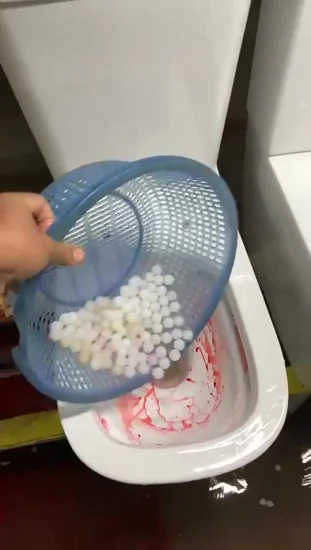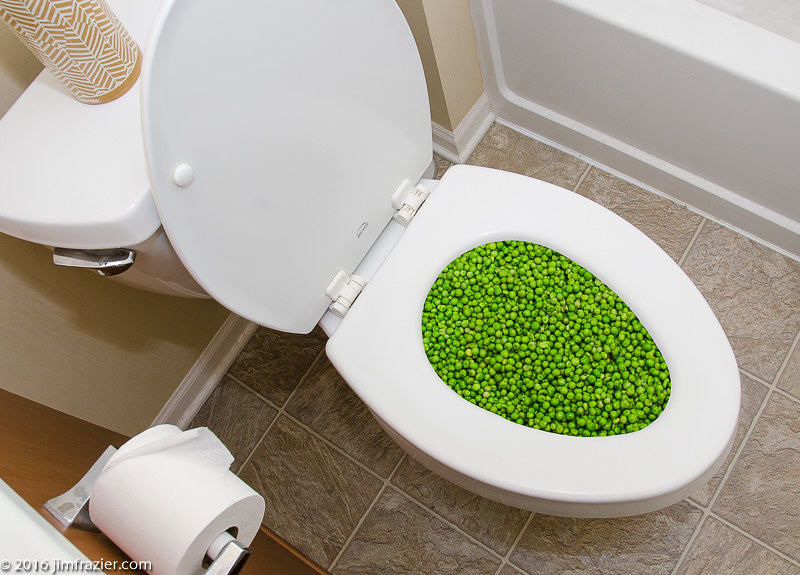Can One to Dispose of Food Down the Toilet?
Can One to Dispose of Food Down the Toilet?
Blog Article
Just how do you actually feel in relation to Think Twice Before Flushing Food Down Your Toilet?

Intro
Many individuals are typically faced with the problem of what to do with food waste, especially when it concerns leftovers or scraps. One typical question that develops is whether it's alright to purge food down the commode. In this write-up, we'll delve into the reasons people might consider flushing food, the consequences of doing so, and different approaches for appropriate disposal.
Reasons that individuals could consider purging food
Absence of awareness
Some people might not recognize the possible harm caused by purging food down the toilet. They may wrongly think that it's a safe practice.
Convenience
Flushing food down the toilet might seem like a fast and simple option to getting rid of undesirable scraps, specifically when there's no close-by trash can available.
Idleness
Sometimes, people may merely choose to flush food out of sheer negligence, without taking into consideration the repercussions of their actions.
Consequences of flushing food down the commode
Environmental impact
Food waste that winds up in waterways can contribute to contamination and harm marine communities. Furthermore, the water made use of to flush food can stress water sources.
Pipes problems
Flushing food can lead to clogged pipelines and drains, triggering expensive pipes fixings and troubles.
Kinds of food that need to not be purged
Coarse foods
Foods with fibrous structures such as celery or corn husks can get entangled in pipelines and trigger clogs.
Starchy foods
Starchy foods like pasta and rice can soak up water and swell, leading to obstructions in pipes.
Oils and fats
Greasy foods like bacon or cooking oils should never be flushed down the commode as they can solidify and cause blockages.
Appropriate disposal techniques for food waste
Using a garbage disposal
For homes furnished with waste disposal unit, food scraps can be ground up and flushed through the pipes system. Nonetheless, not all foods appropriate for disposal in this way.
Recycling
Certain food packaging products can be recycled, decreasing waste and lessening environmental effect.
Composting
Composting is a green means to get rid of food waste. Organic materials can be composted and utilized to enhance dirt for gardening.
The relevance of appropriate waste administration
Lowering ecological harm
Appropriate waste management methods, such as composting and recycling, help decrease contamination and protect natural resources for future generations.
Shielding pipes systems
By preventing the method of flushing food down the bathroom, house owners can protect against costly plumbing repair work and maintain the integrity of their plumbing systems.
Conclusion
In conclusion, while it may be alluring to flush food down the bathroom for ease, it is essential to comprehend the possible consequences of this action. By embracing correct waste monitoring methods and throwing away food waste responsibly, individuals can add to much healthier pipes systems and a cleaner setting for all.
FLUSH FOOD DOWN THE TOILET?
FLUSHING FOOD CAN CAUSE BLOCKED DRAINS IN YOUR HOME
All of the plumbing fixtures in your home are connected to the same sewer pipe outside of your home. This outdoor sewer pipe is responsible for transporting all the wastewater from your home to the Council sewer mains. Even small pieces of food that go down the kitchen sink can cause problems for your sewer. It should therefore be obvious that flushing larger bits of food, such as meat, risks a clog in either the toilet itself or the sewer pipes. Flushing greasy food is even more problematic because oil coagulates when it cools, coating the interior lining of your pipes.
THE TOILET IS NOT A BIN
Food isn’t the only thing that people shouldn’t be flushing down the toilet. People use the toilet to dispose of all kinds of things such as tampons, makeup wipes, dental floss, kitty litter and even underwear. Water goes to great lengths to educate residents about the high costs and stress placed on wastewater treatment systems simply from people flushing the wrong stuff down the toilet. It costs taxpayers millions of dollars each year, and homeowners thousands in blocked drain repairs.
FLUSHING FOOD IS A WASTE OF WATER
Flushing food is a waste of our most precious resource - water. In June this year Level 1 water restrictions were introduced to protect water supply from drought conditions. Much of New South Wales continues to be affected by prolonged drought with recent figures revealing up to 97 per cent of the state remains in drought. Depending on whether you have a single or dual flush toilet, every single flush uses between five and 11 litres of water. In the current climate this is a huge amount of water to be wasting on flushing food that should be placed in the bin (or better yet, the compost).
https://www.jabplumbingsolutions.com.au/blog/can-you-flush-food-down-the-toilet

I was made aware of that report on What Can Happen If You Flush Food Down the Toilet? through a buddy on another website. Don't hesitate to take the opportunity to promote this page if you appreciated it. I value reading our article about Is it safe to flush food (especially rice) down the toilet?.
Book Today! Report this page